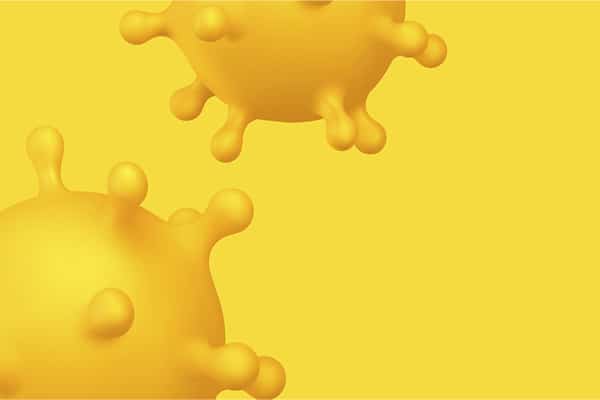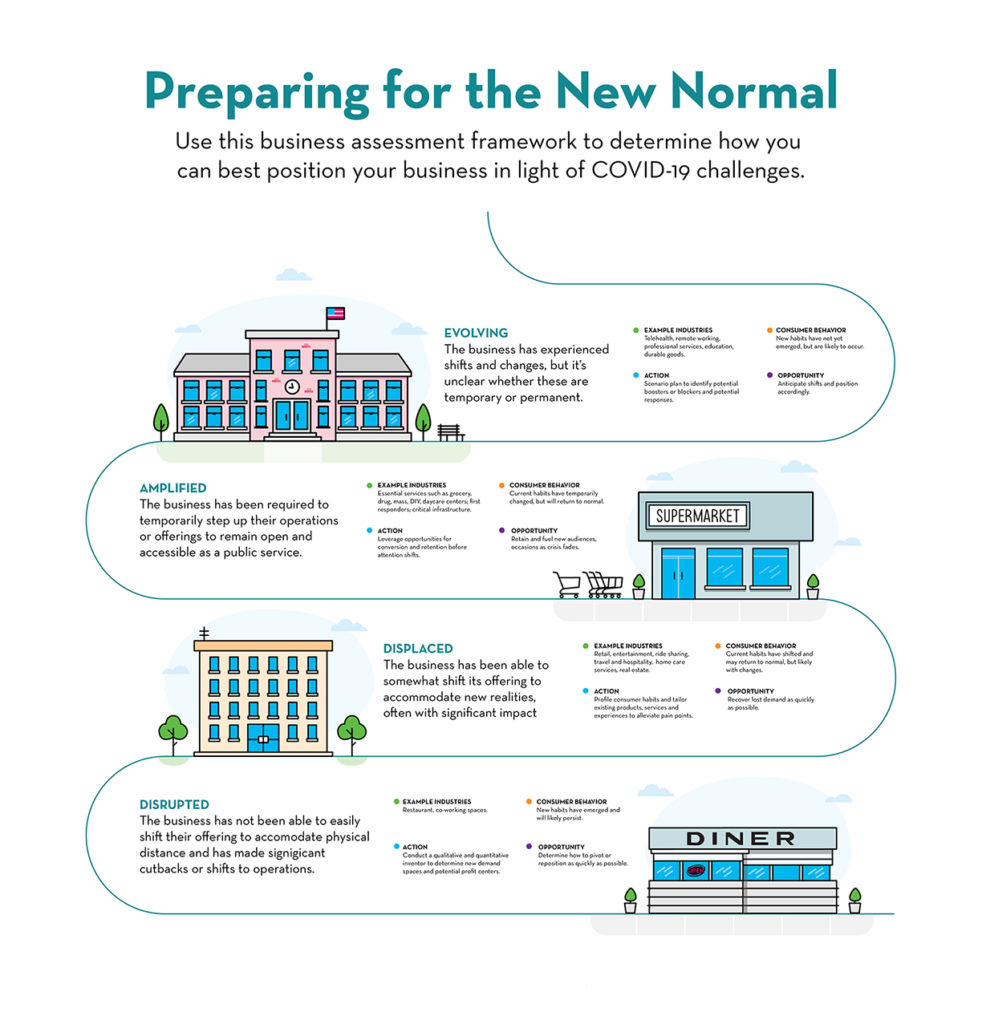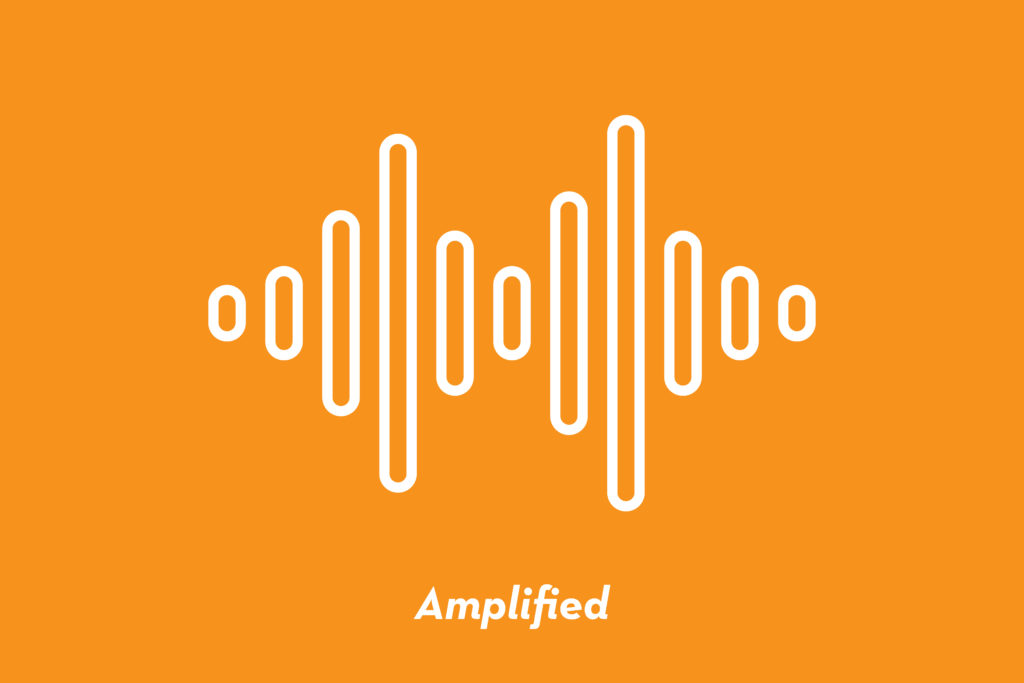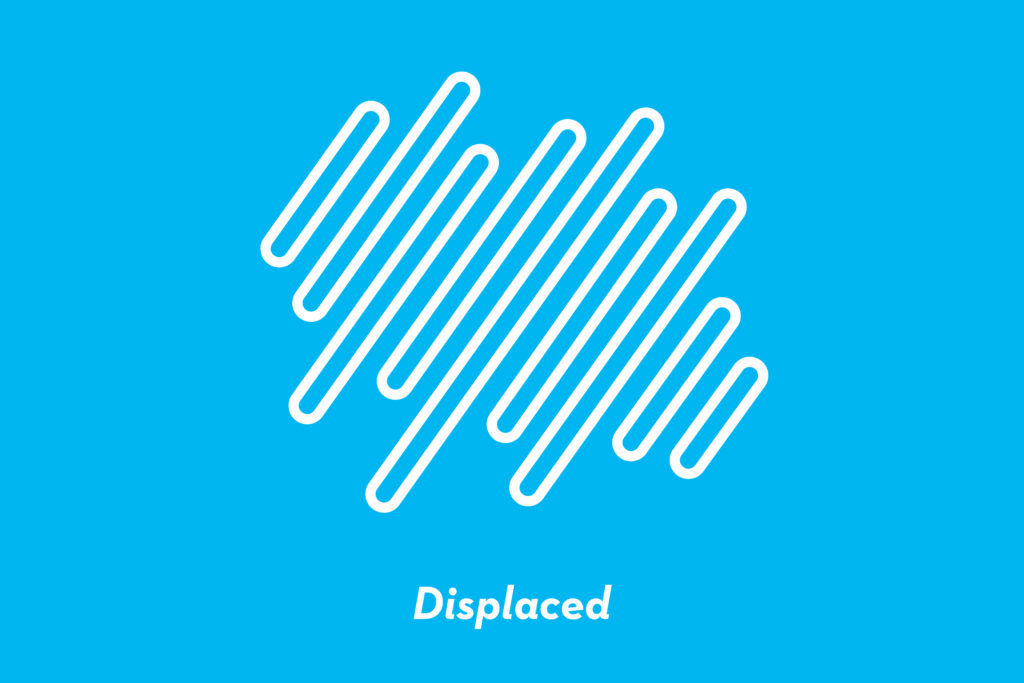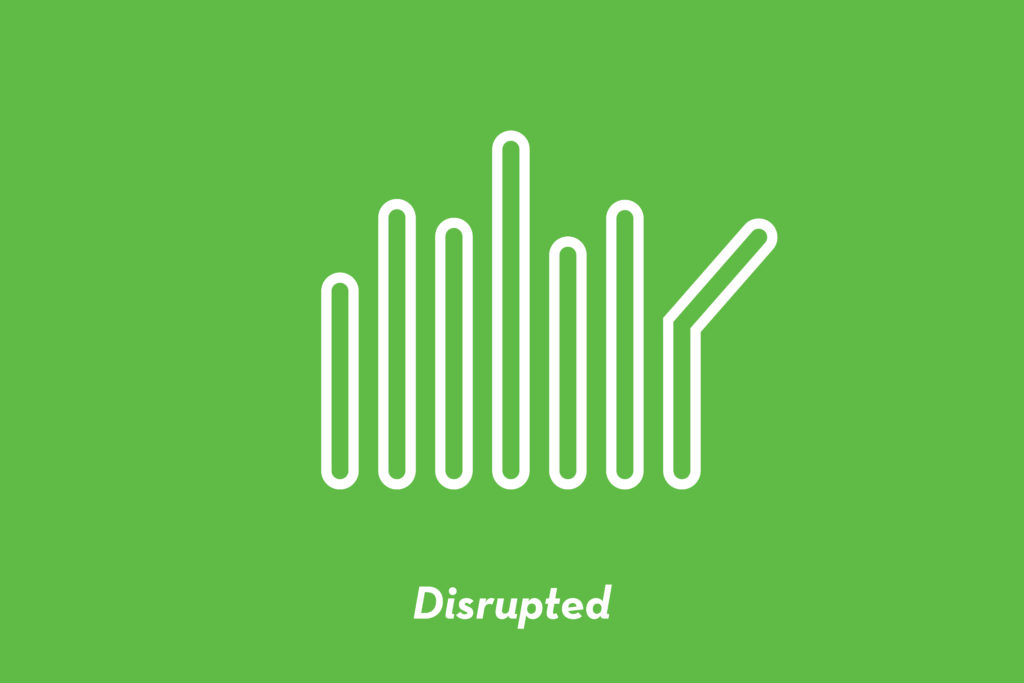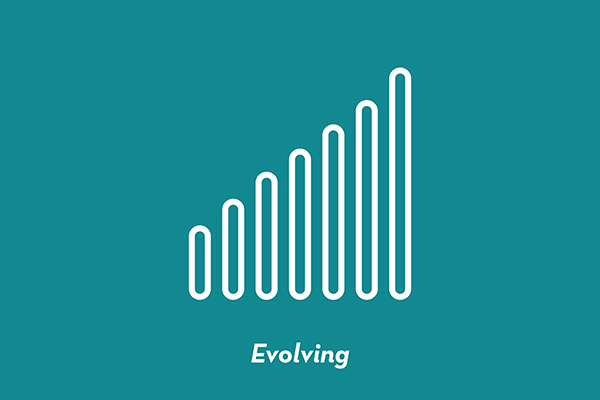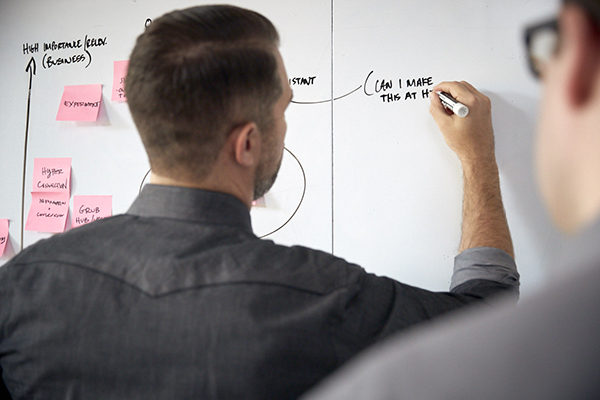Preparing for the New Normal: How Businesses Should Be Thinking About Long-Term Growth Strategy During the COVID-19 Crisis
While we may all come from different backgrounds and work in different industries, the one thing we all have in common right now is that we are all coping with and adapting to unprecedented change and trying to envision a growth strategy for the future. Companies across the board are reeling from the COVID-19 crisis and business, as usual, is a distant memory as sudden, sweeping changes have pivoted most of us — and our operations — into a reactive state.
In the wake of a disruption of this scale, implementing a growth strategy may seem like the last thing you should be worrying about. But as we anticipate and begin to move into a new normal, strategizing a long-term plan and growth strategy is more important than ever. Are you prepared to come back, and come back strong? Are you in the best position to protect your people, your purpose, and your profits?
How your business will fare has a lot to do with how you position yourself now, and how nimbly you respond to changes in the future. Businesses need to be able to get out of a reactionary position and take decisive action to determine how they will respond instead of waiting to simply react. To be able to do that, you first must take an honest look at the current state of your business. That’s why we created a framework consisting of four buckets to help you assess your business today and determine the steps you can take to not just survive, but thrive.
You can download the infographic as a PDF here.
STATE #1: AMPLIFIED
In this state, business is in overdrive. You have had to temporarily step up your operations or offerings to remain open and accessible as a public service. Essential services fall into this category, as businesses like grocery stores and drug stores have needed to continue making their products and services available to consumers throughout the crisis
In order to meet demand, amplified businesses have had to shift the way they operate, possibly hiring more employees or having their current employees work longer hours. But while consumer behavior has temporarily changed, it will eventually return to normal — and because these businesses are essential, there is guaranteed demand for them even once the crisis has ended.
Still, these businesses have an opportunity to retain and fuel new audiences, who will be shifting back to more normal operation as the crisis begins to fade. To take full advantage of this opportunity, these businesses should consider leveraging their newfound importance and the weight they carry in their customers’ lives and build a growth strategy before attention shifts.
STATE #2: DISPLACED
In this state, business is in disarray. While the business has been able to somewhat shift its offering to accommodate new realities, it has been with significant impact — business just isn’t as good as it was pre-COVID-19, and there isn’t an obvious solution or practical way to make the business “pandemic-friendly.” Examples of industries that are currently displaced include retail, in-person events, entertainment, ride-sharing, travel, and hospitality.
For these businesses, consumer behavior has shifted, but it may eventually return to normal — though possibly with a few changes. Businesses here have an opportunity to shift operations now so that they will be able to recover lost demand as quickly as possible.
If you fall into this category, consider taking preemptive action to consider what business-as-usual will look like for you once the crisis is over. This could include profiling consumer habits and repositioning existing products, services, and experiences to alleviate pain points that will likely stick with us even when we are no longer dealing with a global pandemic.
STATE #3: DISRUPTED
In this state, business is in jeopardy. These businesses have not been able to easily shift their offering to accommodate physical distance and virus concerns, so significant cutbacks or shifts to operations have occurred. Examples include restaurants and co-working spaces, where consumer behavior has shifted dramatically.
Some of the new habits that have emerged out of the COVID-19 crisis are likely to persist even once the crisis is over, so these businesses should take the time now to determine how to pivot or reposition as quickly as possible.
Disrupted businesses should consider conducting a qualitative and quantitative assessment to determine how to meet new demand spaces and access new sources of volume, and anticipate new ways to reach customers who may be wary of returning to certain businesses in a post-COVID world.
STATE #4: EVOLVING
In this state, business is in flux. There have been major shifts and changes in the way that these businesses are operating, but it’s unclear whether these changes will be temporary or permanent. Industries like telehealth and education fall into this category, which has seen big changes to the state of daily operations.
Long-term consumer behavior here is somewhat of an unknown: there haven’t been substantial changes yet, but they are likely to occur as we shift to a post-COVID landscape. However, these businesses also have an opportunity to anticipate shifts and positions accordingly.
Companies in this category should take action now by scenario planning to identify potential boosters or blockers, and consider potential responses and how they will play out amidst differing future landscapes.
FOR ALL BUSINESSES: THINK AHEAD
While operations are anything but normal, by shifting to an opportunity-centric mindset, businesses can avoid the potential pitfalls of COVID-19, keeping their businesses safe and assuaging customer fears. Business may look different once the crisis is over, but that reality won’t seem as scary if there are plans and research in place to guide you through the transition.
Is your business amplified, displaced, disrupted, or evolving? Determine the changes that you should be made to keep your business ahead of the curve. Contact THRIVE today.

